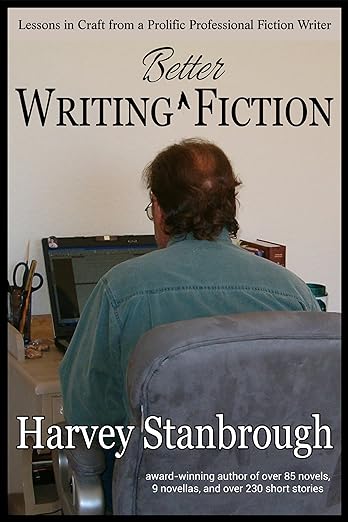
A problem developed while I was writing my fifth novel. The problem had to do with what I conceived as a minor character – a four-year-old boy who would grow to adulthood during the story. But he wasn’t the main character; far from it, in fact. He was supposed to have a bit role.
Unfortunately, he had a different idea.
I kept floundering with the manuscript because this kid kept sticking his head in. It was as if he was demanding a bigger part of the story. I was hitting dead end after dead end, and my writing was going nowhere.
To continue reading, please see my post today at the ACFW Blog.
Photograph by Steven Houston via Unsplash. Used with permission.












